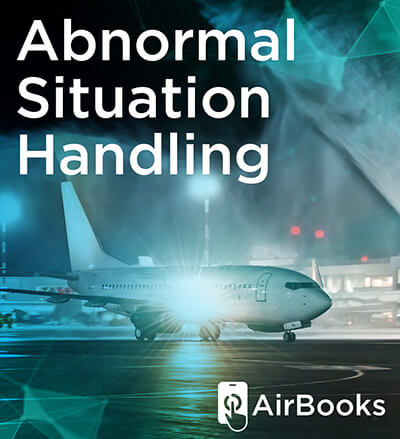
AirBook – Abnormal Situation Handling
This “Abnormal Situation Handling” AirBook covers examples of abnormal situations an ATC may encounter and how they should be handled. This includes a variety of
Home Training catalogue AirBooks

This “Abnormal Situation Handling” AirBook covers examples of abnormal situations an ATC may encounter and how they should be handled. This includes a variety of
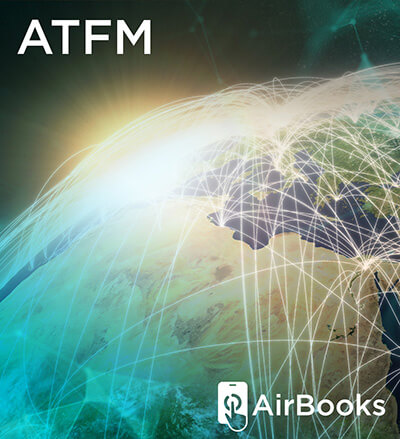
This course provides a basic understanding of what ATFM is, why is it used (benefits and issues) and its effects on ATC.
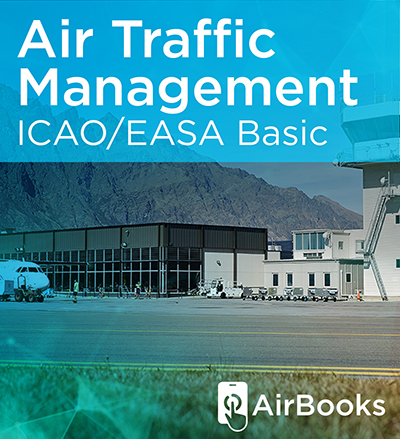
In this “Air Traffic Management” AirBook learners will know and understand the training programme that they will follow and how to obtain the appropriate information,

The “Aircraft” AirBook describes the basic principles of the theory of flight and aircraft characteristics and how these influence ATS operations.

It is aimed at individuals working in the industry, or those looking to enter, who do not necessarily come from an ATC or Aviation background.

Understand the skills and knowledge required to conduct assessments in the operational environment.
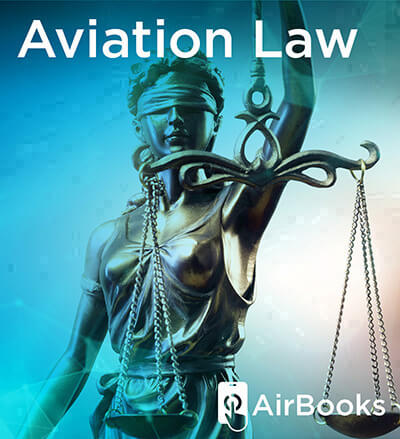
Aviation Law consists of content related to the legal aspects of ATC. In this course, students will define the rules and structure of ICAO and its relationship
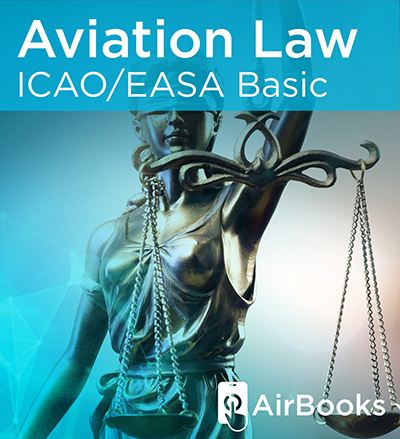
In this Aviation Law (ICAO 10056/EASA basic) AirBook, learners will apply the regulations governing the rules of the air, airspace and flight planning and explain their

Aviation Law 101 is designed to give anyone a basic understanding of the laws of aviation and how they are governed by both national and
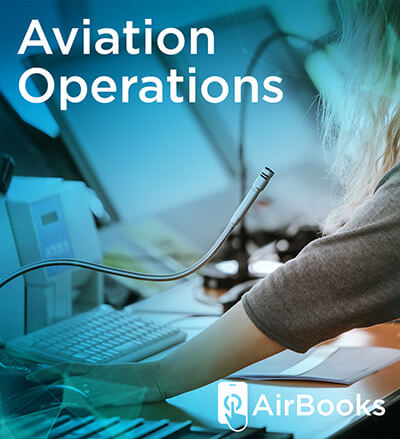
Aviation Operations consists of content related to management procedures in ATC.

This “Compromised Separation Theory” AirBook examines how aircraft may end up in a compromised separation situation and how a controller can resolve these situations. This
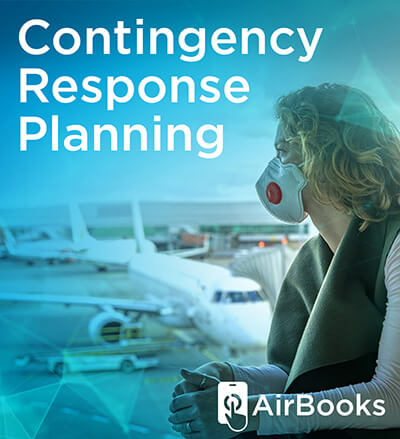
This “Contingency Response Planning” AirBook outlines what is involved when creating a contingency plan for an ANSP. This includes the best practices for planning processes
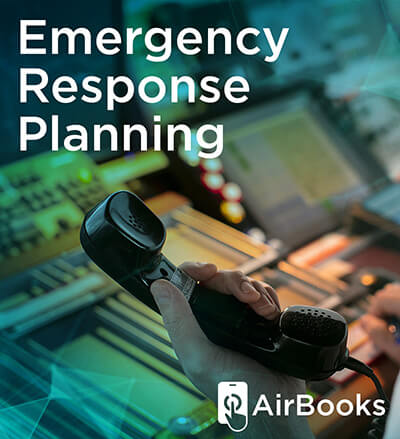
This AirBook covers emergencies that air traffic services may encounter and how to appropriately handle them in order to have minimal disruption to other services. These plans are outlined
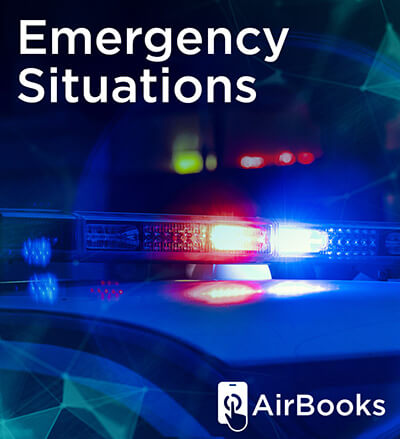
This AirBook covers the basics of various emergencies such as alerting services and how they should be used, emergency communications (facilities, peopleandhardware), as well as

This “Equipment and Systems” AirBook covers the basic working principles of equipment that is generally used in ATC and appreciate how this equipment aids the controller in
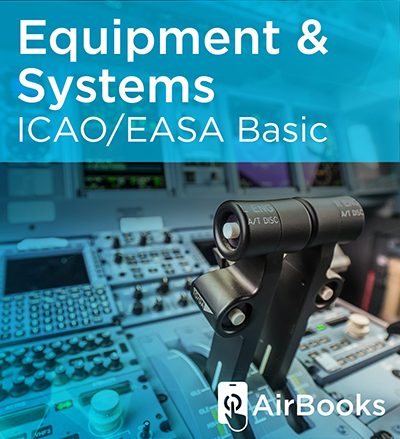
This “Equipment and Systems” AirBook will help learners explain the basic working principles of equipment that is generally used in ATC and appreciate how this equipment aids
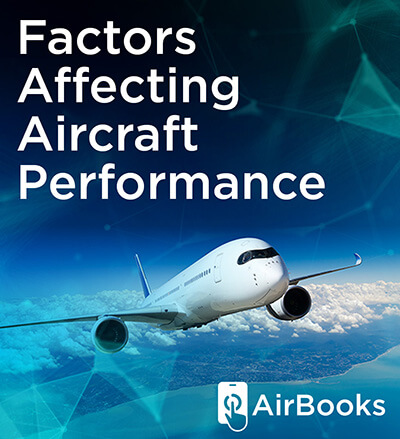
This course provides a basic overview of aircraft engines and various principles of flight such as wake turbulence, aircraft stability and forces acting on an
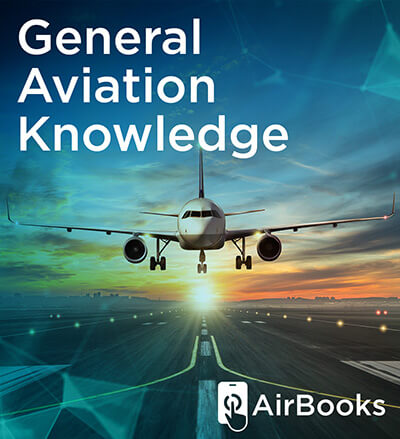
The “General Aviation Knowledge” AirBook describes the basic principles of the theory of flight and aircraft characteristics and how these influence ATS operations.

Human Performance Factors consists of content related to the personal factors impacting performance in aviation.
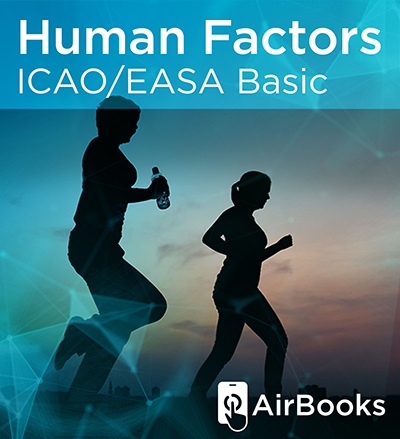
This “Human Factor” AirBook for ICAO10056/EASA basic training will help learners characterise factors which affect personal and team performance.
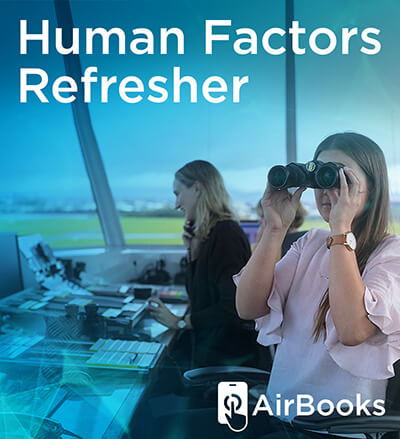
This AirBook discusses the relationship between human factors and an ATC environment and why human factors are important in ATC. Each of the key concepts

An intensive workshop to train linguistic and operational specialists how to develop, administer, manage, and rate Oral Proficiency Interviews in the aviation industry.
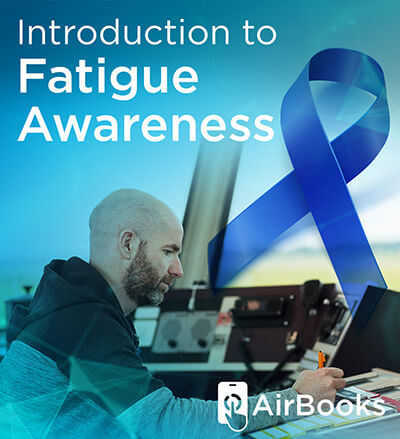
The course describes the dangers of fatigue in an ATC environment and how it affects an ATC’s performance.
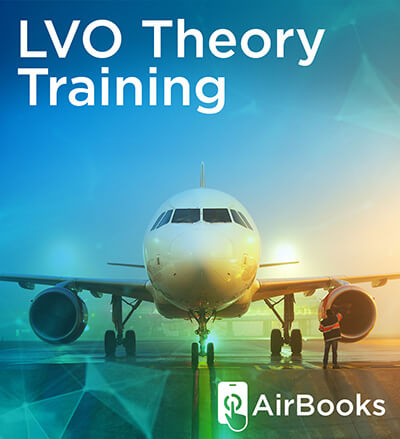
This course explains what low visibility operations are and the processes ATC’s must follow during them.
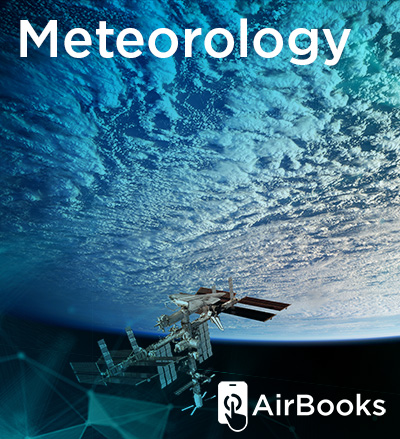
Meteorology consists of content related to weather systems and their impact on the world of aviation.

This Meteorology for ICAO10056/EASA basic training AirBook will help learners describe how meteorology affects ATS operations and aircraft performance, and apply meteorological information in the
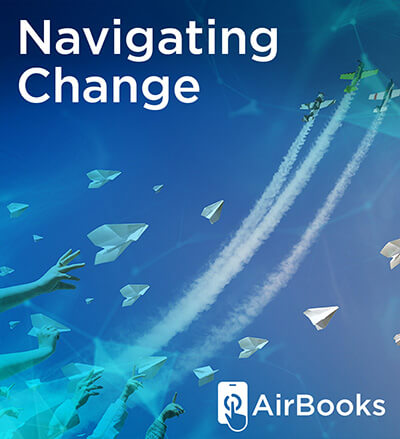
The Navigating Change AirBook helps the reader understand how to adapt to changes in their work and wider life. The book teaches how to support
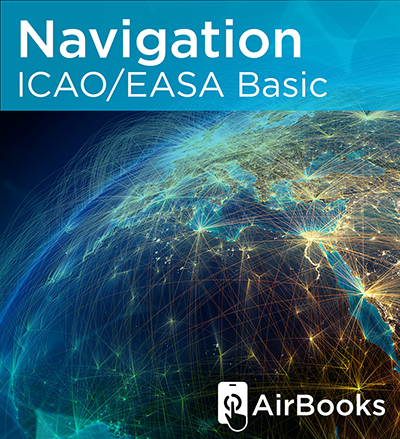
This “Navigation” AirBook explains the basic principles of navigation and how to use this knowledge in ATS operations.

This course describes the phraseologies used in ATC. This includes the use of standard phraseologies, how they are pronounced and other various knowledge required for

This “Professional Environment” AirBook covers how to recognise the need for close cooperation with other parties concerning ATM operations and aspects of environmental protection.

The Security Awareness AirBook provides a basic understand of the safety and security required in both ATC and ANSP work environment. This covers physical security
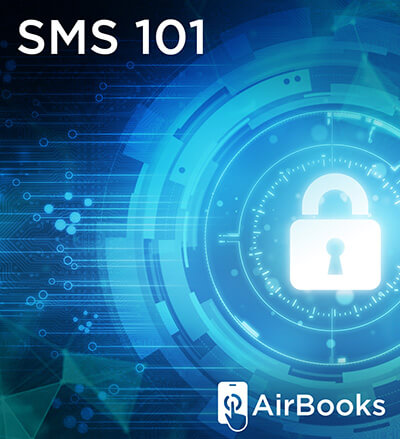
SMS 101 is an introduction to Safety Management Systems (SMS) for ATS personnel. It discusses how safety should be achieved, assured and promoted within ANSPs.
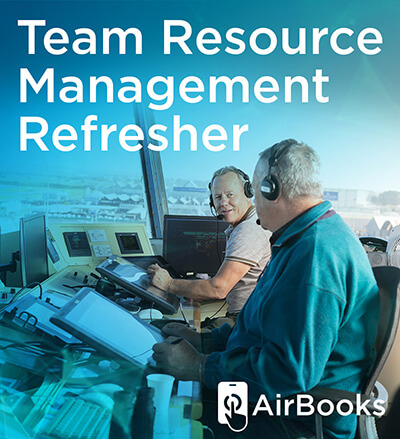
This “Team Resource Management Refresher” AirBook explains various techniques and concepts to be aware of within ATC teams to ensure they are working effectively and

Tech 101 discusses the types of systems and technology that are used in Air Traffic Management (ATM) to provide a safe and effective service. It is particularly useful for
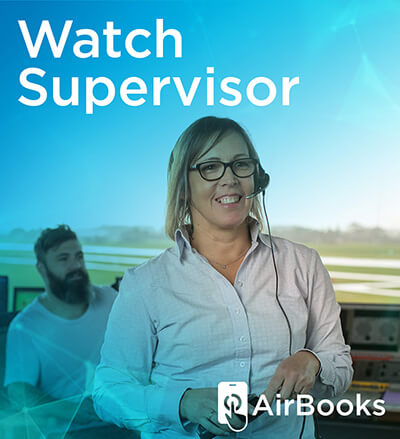
Lead your operational team with confidence by developing skills to help you work efficiently and safely to manage an operational air traffic service environment.

This AirBook explains the role of a Watch Supervisor and the skills they require to perform their tasks successfully. It can be used as both a refresher and
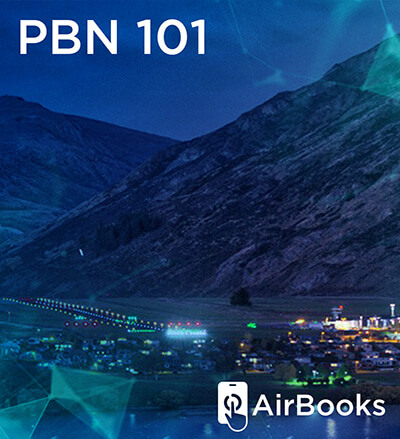
PBN 101 is an introduction to Performance Based Navigation. It is relevant for training existing controllers (especially for ANSPs in countries that are rolling out
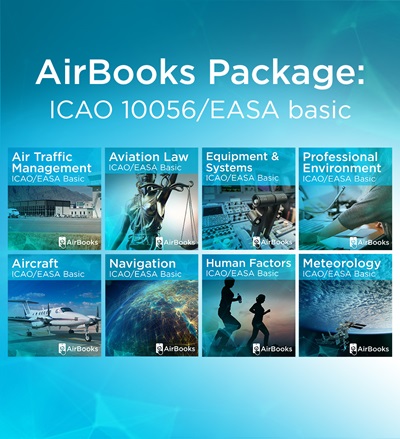
This package of eight AirBooks contains a series of eight modules aligned to EASA regulations, providing students with a comprehensive introduction to Air Traffic Services. This forms the essential base knowledge for all other air traffic control courses such as Aerodrome Control, Approach Control Procedural, Area Control Procedural, Area and Approach Control Surveillance and Flight Services.
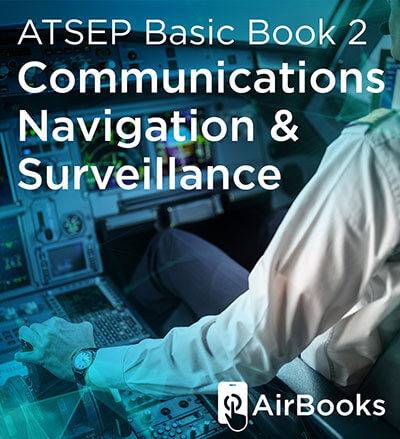
This “ATSEP Communications, Navigation, and Surveillance” AirBook covers navigation fundamentals for aircraft, ground and space-based systems, surveillance fundamentals, and both voice and data communications concepts.
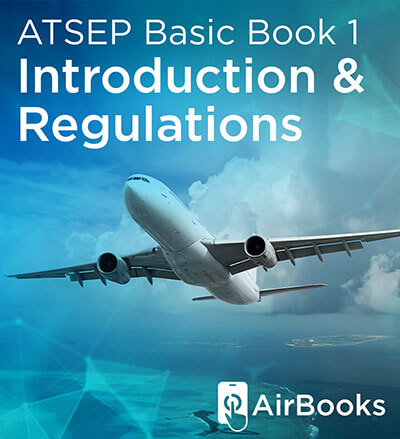
This “ATSEP Introduction and Regulations” AirBook covers explanations of the ATSEP role, regulations governing it, and provides a background to airspace management, meteorology, and aeronautical
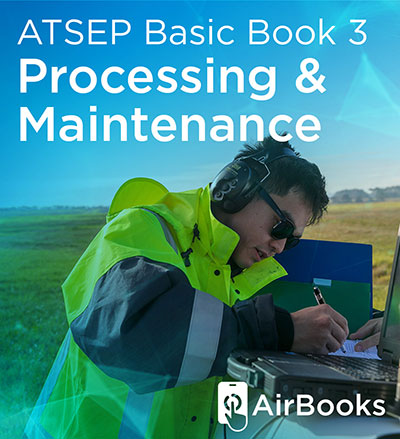
This “ATSEP Processing and Maintenance” AirBook covers basic concepts in ATM Data Processing, system management, control and monitoring, basic maintenance practices, and supporting infra-structure.
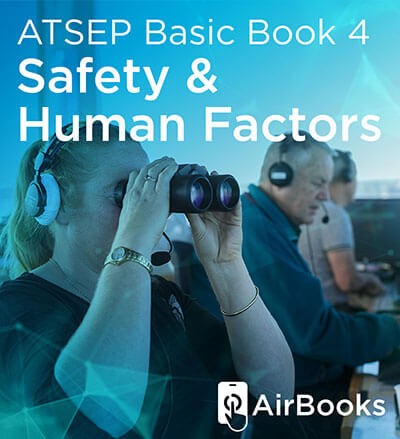
This “ATSEP Safety and Human Factors” AirBook covers the regulatory requirement for a Safety Management System, operational and occupational risk assessment, and Human Factors in an

Welcome to the Obstacle Assessment and Management AirBook. This AirBook will cover various lessons that are essential to aerodrome safeguarding and obstacle control.
Our goal in this course is to provide you with an understanding of how obstacles or objects in the vicinity of an aerodrome are assessed and managed, especially if they pose a hazard to aircraft operations around the airport.
This course will not only focus on the OLS assessment but also discuss the other aspects that need to be looked at in order to achieve an all-inclusive evaluation and better understanding of the relationships between the different imaginary surfaces that protect aerodromes, flight procedures and CNS facilities.
Throughout the course, we will be using mostly ICAO references with the addition of some state-specific examples of best-practices.

Learn how to apply a competency training model to an operational environment, give feedback that supports learning and motivate trainees through skill deficiency diagnosis and